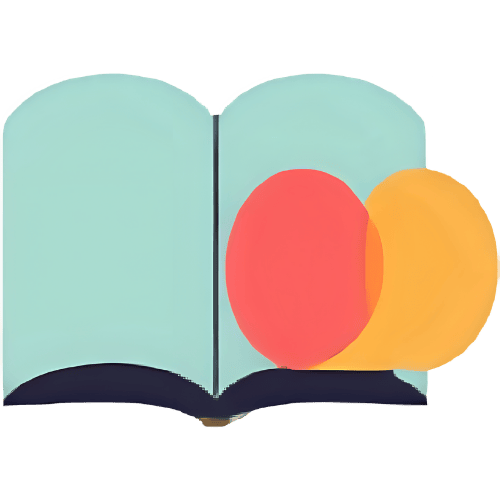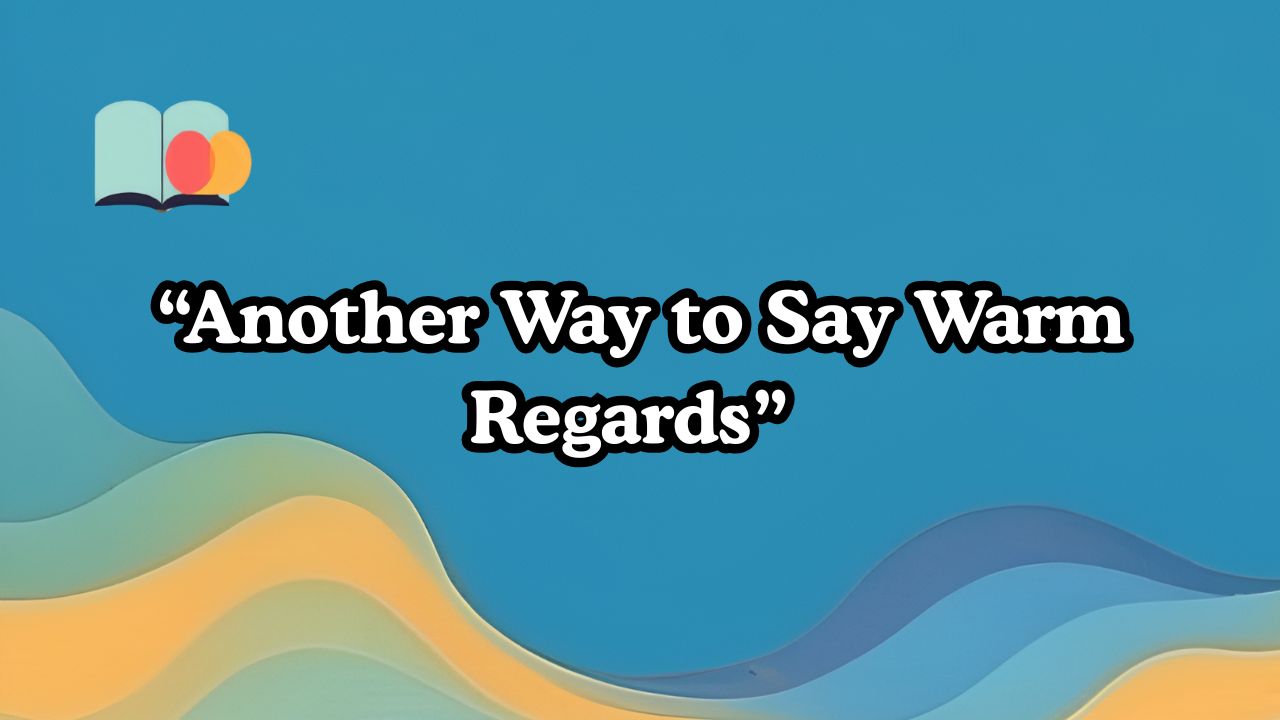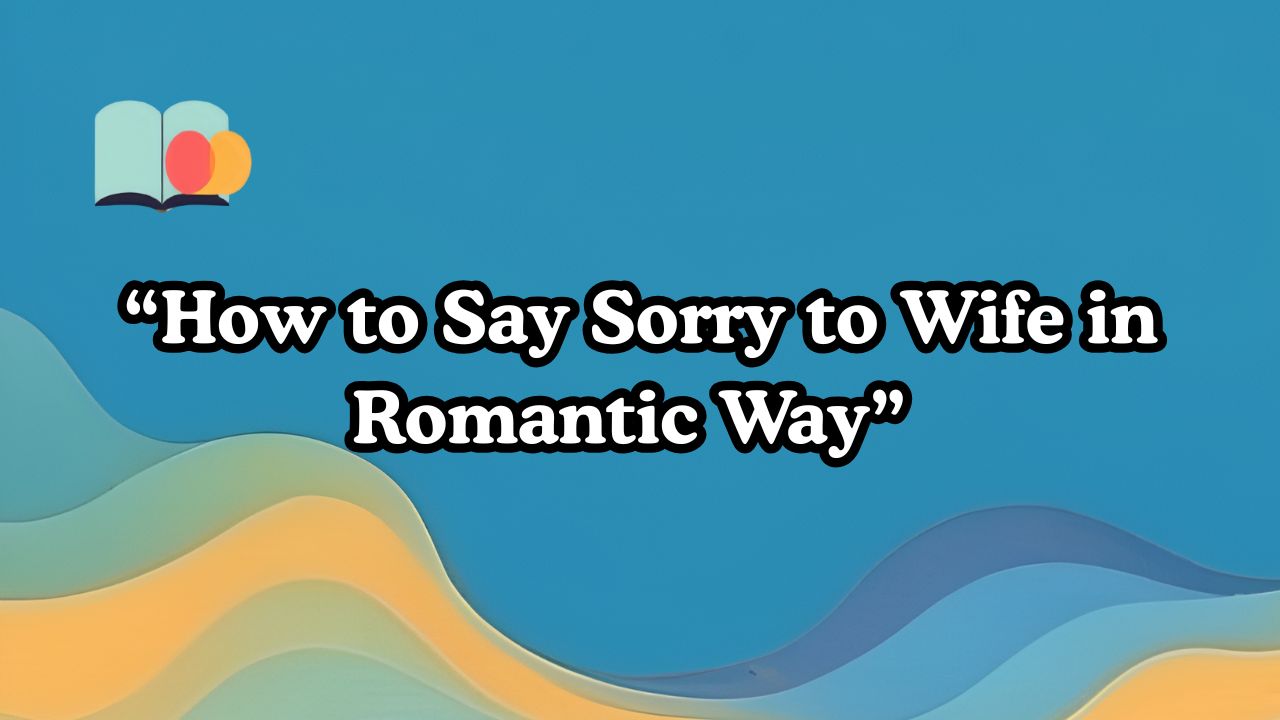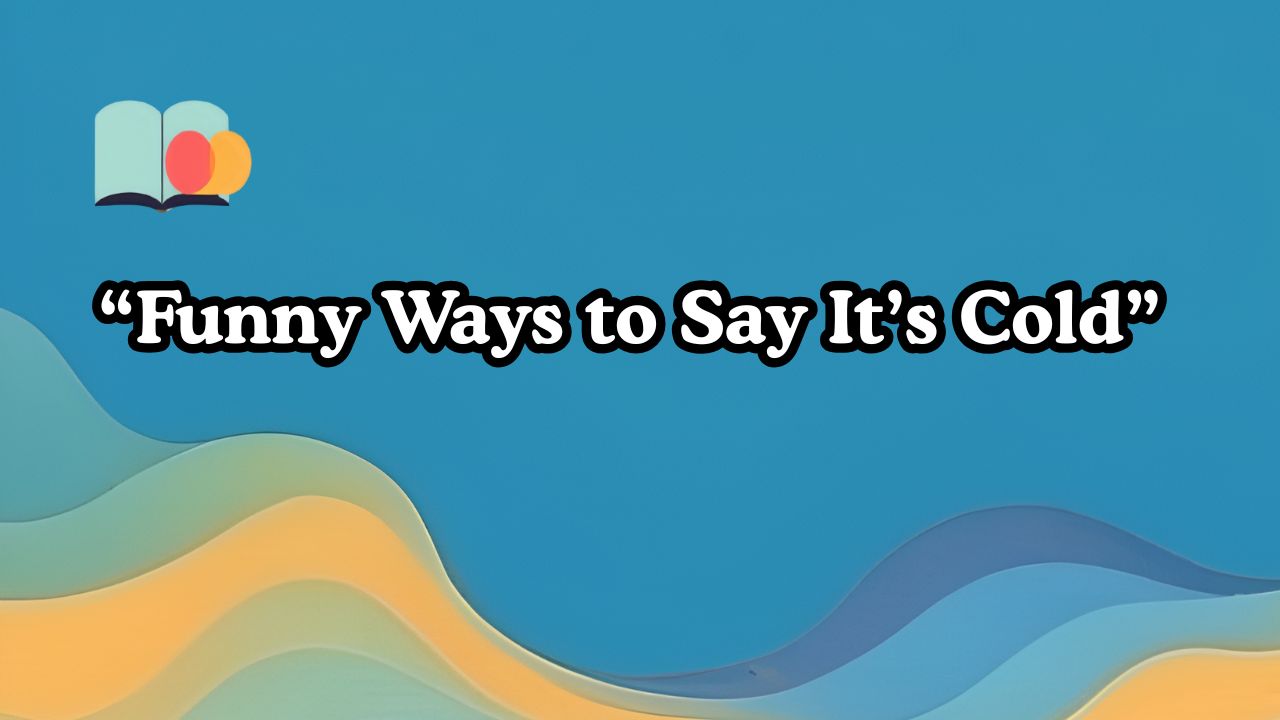Do you want to make your writing more interesting? Saying “the author states” is common, but it can get boring. It’s great for essays and reports, but using different words can make your writing better. Here are 55+ other ways to say “the author states” for formal and academic writing.
- The author asserts
- The writer suggests
- According to the author
- The scholar argues
- The researcher notes
Let’s explore creative ways to say this, with examples and tips!
Why Use Alternatives for “The Author States”?
Using different words makes your writing better. “The author states” is useful but can get old. It’s good to match the tone of your writing. This makes you sound more confident and keeps readers interested.
Formal & Professional Alternatives
For academic papers and reports, you need precise words. Here are some alternatives to “the author states” for formal writing.
Tone: Confident, strong
Example: Dr. Lee says renewable energy is key for the planet.
Best For: Bold claims or arguments.
2. The writer argues
Tone: Persuasive, academic
Example: Smith says social media affects voters more than old media.
Best For: Debated points.
3. The scholar contends
Tone: Formal, academic
Example: Johnson believes early education is very important.
Best For: Academic works.
4. The researcher claims
Tone: Authoritative, evidence-based
Example: The researcher says green spaces help city people relax.
Best For: Scientific contexts.
Tone: Thoughtful, theoretical
Example: Torres thinks culture affects economic choices.
Best For: Theories or hypotheses.
6. The writer maintains
Tone: Firm, resolute
Example: Brown says tech in schools makes learning fun.
Best For: Consistent views.
Tone: Suggestive, forward-thinking
Example: The author suggests a new way to study people.
Best For: New ideas.
8. The scholar suggests
Tone: Tentative, academic
Example: Patel thinks mindfulness helps work better.
Best For: Exploratory statements.
9. The researcher observes
Tone: Neutral, factual
Example: The researcher notes climate change hurts crops in warm places.
Best For: Data or findings.
10. The writer emphasizes
Tone: Strong, focused
Example: Garcia emphasizes the need for equitable healthcare access in rural areas.
Best For: Highlighting key points or priorities.
💡 Expert Tip: Use formal alternatives like “asserts” or “contends” when summarizing strong arguments in academic writing to convey authority and precision.
Similar Posts
Neutral & Versatile Alternatives
These phrases work well in both academic and professional writing when you need a neutral tone or want to avoid sounding overly formal.
Tone: Neutral, factual
Example: According to the author, renewable energy sources are more cost-effective over time.
Best For: General summaries or citations.
Tone: Neutral, observational
Example: The author notes that employee satisfaction correlates with productivity.
Best For: Reporting findings or observations.
13. The writer points out
Tone: Conversational, clear
Example: Lee points out that urban planning can reduce traffic congestion significantly.
Best For: Informal academic writing or essays.
Tone: Casual, reflective
Example: The author remarks that cultural shifts are reshaping workplace dynamics.
Best For: Summarizing general observations.
15. The writer highlights
Tone: Focused, engaging
Example: Chen highlights the role of technology in modern education reform.
Best For: Emphasizing key ideas in a paper.
Tone: Neutral, suggestive
Example: The author indicates that early intervention prevents learning gaps.
Best For: Subtle or implied conclusions.
17. The scholar mentions
Tone: Neutral, academic
Example: Khan mentions that historical trends often predict economic cycles.
Best For: Citing brief or passing references.
18. The researcher points to
Tone: Evidence-based, neutral
Example: The researcher points to data showing a decline in biodiversity.
Best For: Referencing studies or evidence.
19. The writer underscores
Tone: Emphatic, clear
Example: The writer underscores the importance of mental health support in schools.
Best For: Stressing critical points.
Tone: Insightful, engaging
Example: The author reveals a surprising link between diet and mental clarity.
Best For: Presenting new or unexpected findings.
Persuasive & Argumentative Alternatives
For essays or papers where the author’s stance is bold or argumentative, these alternatives add strength and conviction.
Tone: Forceful, confident
Example: The author insists that policy reform is urgent to address climate change.
Best For: Strong opinions or calls to action.
22. The writer advocates
Tone: Supportive, persuasive
Example: Martinez advocates for universal basic income to reduce poverty.
Best For: Promoting specific solutions.
23. The scholar defends
Tone: Protective, argumentative
Example: The scholar defends the theory of evolution against critics.
Best For: Countering opposing views.
Tone: Bold, declarative
Example: The author proclaims that artificial intelligence will redefine industries.
Best For: Visionary or sweeping statements.
25. The researcher affirms
Tone: Confident, evidence-based
Example: The researcher affirms that vaccination rates reduce disease outbreaks.
Best For: Backing claims with data.
26. The writer stresses
Tone: Urgent, emphatic
Example: The writer stresses that immediate action is needed to curb deforestation.
Best For: Highlighting urgency.
Tone: Passionate, supportive
Example: The author champions diversity in corporate leadership roles.
Best For: Advocating for causes or values.
28. The scholar upholds
Tone: Resolute, academic
Example: The scholar upholds the view that globalization benefits small economies.
Best For: Defending established theories.
29. The writer declares
Tone: Bold, authoritative
Example: The writer declares that renewable energy is the future of global power.
Best For: Strong, definitive statements.
Tone: Formal, suggestive
Example: The author submits that cultural awareness improves team collaboration.
Best For: Proposing ideas in formal settings.
✅ Best For: Use persuasive alternatives like “insists” or “champions” when summarizing arguments in opinion pieces or persuasive essays to add conviction.
Subtle & Suggestive Alternatives
For nuanced or cautious statements, these alternatives convey a softer or exploratory tone.
Tone: Subtle, suggestive
Example: The author implies that social media may contribute to anxiety in teens.
Best For: Indirect or hinted conclusions.
32. The writer suggests
Tone: Tentative, thoughtful
Example: The writer suggests that flexible work hours improve employee retention.
Best For: Exploratory or cautious claims.
33. The scholar hints
Tone: Subtle, academic
Example: The scholar hints at a connection between diet and academic performance.
Best For: Subtle suggestions in research.
Tone: Indirect, literary
Example: The author alludes to historical events shaping modern politics.
Best For: Literary or abstract discussions.
35. The researcher infers
Tone: Analytical, evidence-based
Example: The researcher infers that rising temperatures affect migration patterns.
Best For: Drawing conclusions from data.
36. The writer intimates
Tone: Subtle, formal
Example: The writer intimates that leadership styles impact team morale.
Best For: Delicate or implied points.
Tone: Speculative, academic
Example: The author conjectures that AI could automate routine tasks by 2030.
Best For: Hypothetical or future-focused ideas.
38. The scholar speculates
Tone: Curious, academic
Example: The scholar speculates that cultural norms influence economic growth.
Best For: Theoretical discussions.
39. The writer insinuates
Tone: Subtle, suggestive
Example: The writer insinuates that corporate policies may favor profits over ethics.
Best For: Critical or cautious commentary.
Tone: Tentative, exploratory
Example: The author ventures that remote learning may reshape education.
Best For: Introducing bold but unproven ideas.
Creative & Engaging Alternatives
These alternatives add flair to your writing, perfect for essays or reports that need to stand out.
Tone: Dramatic, engaging
Example: The author unveils a new perspective on workplace diversity.
Best For: Captivating introductions or conclusions.
42. The writer illuminates
Tone: Insightful, vivid
Example: The writer illuminates the challenges of urban sustainability.
Best For: Highlighting complex ideas.
43. The scholar sheds light on
Tone: Informative, clear
Example: The scholar sheds light on the benefits of early childhood education.
Best For: Clarifying difficult topics.
Tone: Clear, eloquent
Example: The author articulates a compelling case for renewable energy.
Best For: Well-expressed arguments.
45. The writer conveys
Tone: Expressive, clear
Example: The writer conveys the importance of mental health awareness.
Best For: Emotional or impactful points.
46. The researcher elucidates
Tone: Explanatory, academic
Example: The researcher elucidates the link between diet and heart health.
Best For: Explaining complex findings.
Tone: Descriptive, vivid
Example: The author illustrates how technology transforms education.
Best For: Visual or descriptive summaries.
48. The writer paints a picture
Tone: Vivid, engaging
Example: The writer paints a picture of a future driven by sustainable energy.
Best For: Creative or narrative writing.
49. The scholar clarifies
Tone: Clear, academic
Example: The scholar clarifies the role of genetics in behavior.
Best For: Simplifying complex ideas.
Tone: Emphatic, engaging
Example: The author underscores the need for inclusive policies in education.
Best For: Highlighting critical points.
Specialized & Contextual Alternatives
These phrases are tailored for specific contexts, such as summarizing historical, scientific, or literary works.
51. The historian recounts
Tone: Narrative, historical
Example: The historian recounts the events leading to the Industrial Revolution.
Best For: Historical texts or essays.
52. The scientist reports
Tone: Factual, scientific
Example: The scientist reports a breakthrough in cancer research.
Best For: Scientific papers or studies.
53. The critic opines
Tone: Opinionated, literary
Example: The critic opines that the novel reflects societal tensions.
Best For: Literary reviews or critiques.
Tone: Storytelling, descriptive
Example: The author tells about early settlers’ struggles.
Best For: Historical or story writing.
55. The researcher documents
Tone: Factual, detailed
Example: The researcher talks about bee population decline.
Best For: Detailed reports or studies.
Choosing the Right Phrase
| Phrase | Tone | Best Context | Example Use Case |
|---|---|---|---|
| The author asserts | Confident | Academic arguments | Summarizing a bold claim in a thesis |
| The writer suggests | Tentative | Exploratory essays | Proposing a theory in a research paper |
| The scholar sheds light on | Informative | Complex topics | Explaining a study’s findings |
| The author unveils | Dramatic | Engaging introductions | Opening a literature review |
| The historian recounts | Narrative | Historical essays | Describing events in a history paper |
⚠️ Mistake to Avoid: Don’t overuse dramatic phrases like “unveils” or “paints a picture” in formal writing. They might seem too fancy.
Usage Tips for “Other Ways to Say The Author States”
- Match the Tone: Pick phrases that fit the author’s mood. Use “asserts” for bold claims and “suggests” for unsure ideas.
- Vary Your Vocabulary: Switch between 3–5 phrases in one paper to avoid repetition.
- Consider Context: Pick “historian recounts” for history texts and “researcher documents” for science studies.
- Cultural Sensitivity: Avoid too dramatic phrases in conservative places to keep credibility.
- Clarity First: Make sure the new phrase doesn’t hide the author’s meaning.
💡 Expert Tip: When citing sources in APA or MLA format, pair these phrases with proper in-text citations (e.g., “Smith (2023) asserts…”).
FAQ: Common Questions About Alternatives to “The Author States”
Try “the author asserts,” “the scholar contends,” or “the researcher claims” for a polished, academic tone.
Can I use these alternatives in casual writing?
Yes, phrases like “the writer points out” or “the author remarks” work well in essays or blog posts with a conversational tone.
Switch between 3–5 alternatives, such as “suggests,” “notes,” and “argues,” to keep your writing fresh and engaging.
Are these phrases suitable for all academic disciplines?
Most are versatile, but use specialized phrases like “the historian recounts” for history or “the scientist reports” for STEM fields.
How do I choose the right alternative?
Match the phrase to the author’s tone and intent. Use “implies” for subtle points and “insists” for strong arguments.
Conclusion
Using different phrases instead of “the author states” can make your writing better. It can be more interesting and clear. These changes are great for school papers, work reports, or essays that try to convince people.
Choose phrases that fit the situation you’re writing about. This keeps your readers interested. Do you have a favorite phrase or need more for a specific situation? Let us know in the comments!





